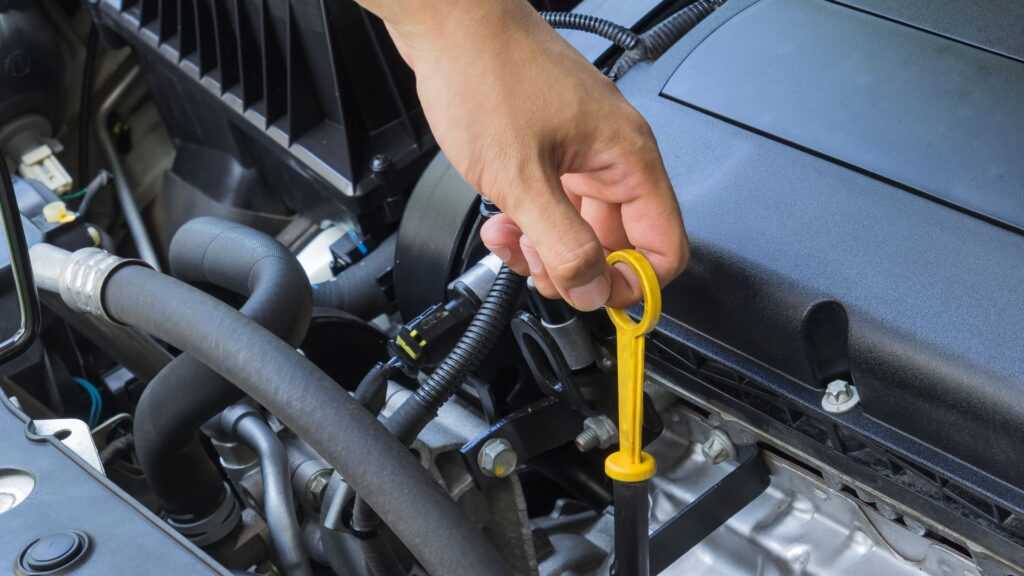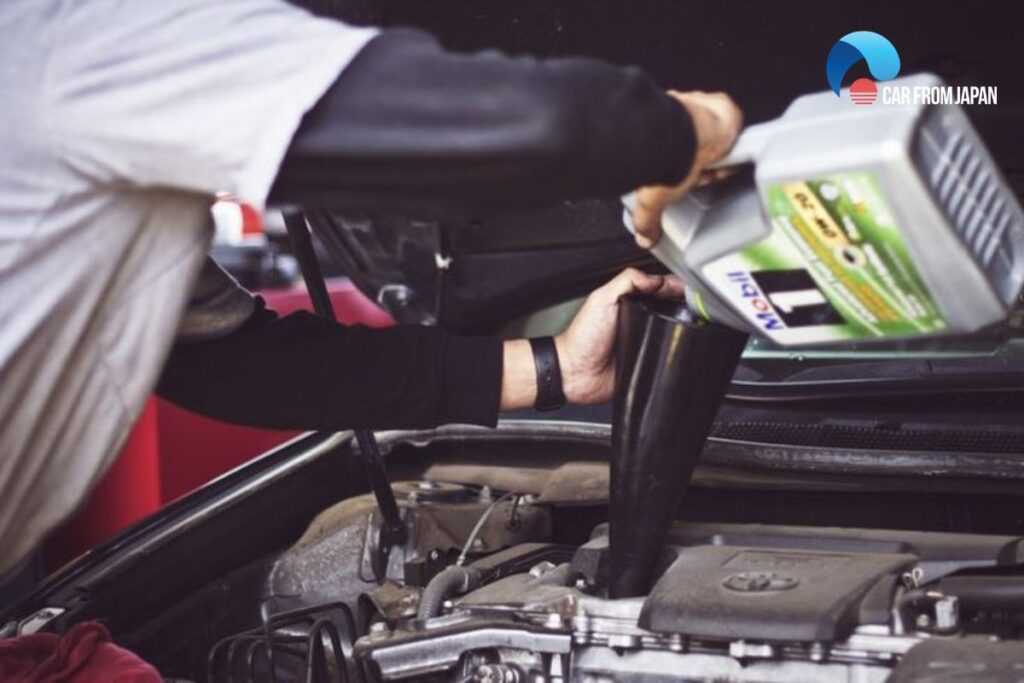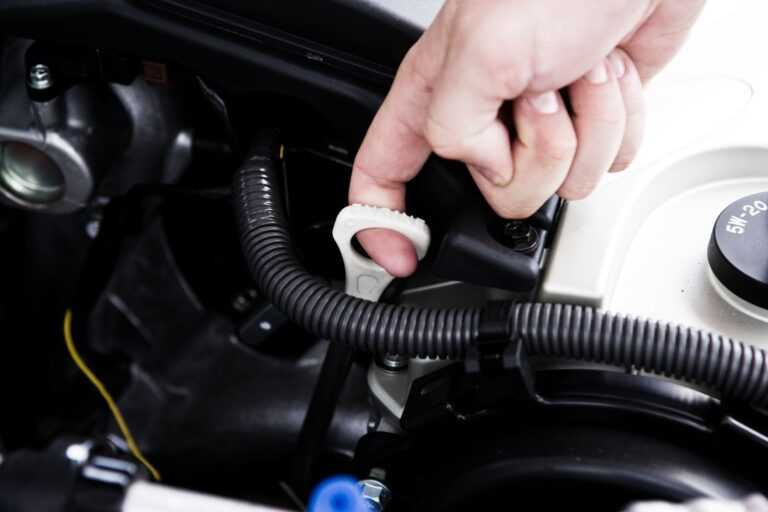Checking the oil is one of the most crucial maintenance tasks that a car owner can perform. Oil is the lifeblood of your engine, keeping everything running smoothly. However, how do you know which is the Best Time to Check oil in your vehicle to ensure it is at the appropriate level and state? Let’s break it down.
Why Checking Your Oil Matters
It is essential to understand why checking the oil is necessary before delving into the details of timing. The moving components of your engine are lubricated to minimize friction, thereby reducing wear and tear. It can also be used to cool the engine and wash the dirt and debris. Over time, oil wears out, becomes contaminated, and loses its effectiveness. This is why it is essential to regularly check the health of your vehicle by changing the oil.
Now that we have discussed why it is essential to check your oil, we will proceed to the best time to do so.
The Best Time to Check Oil: When the Engine Is Cold
Check your oil under cold engine conditions, or as commonly believed, the best time to check the oil level is when the engine is cold. Here’s why:
Accurate Reading
When the engine is cold (i.e., when it has been off for a few hours or overnight), the oil has settled in the engine. This is a more precise reading of the oil level since it has not been pumped through the engine yet. When you check the oil immediately after driving, the oil may still be dispersed throughout its various parts within the engine, giving you a false reading of the oil level.
Safer for You
It is also safer to check the oil when the engine is cold because it prevents burning or getting bruises. When you have just driven, some of the engine’s components are very hot, and you may end up burning yourself if you open the hood.
Gives the Oil Time to Drain
The engine naturally cools, and the oil drains to the bottom of the oil pan, allowing the dipstick to provide a more precise reading.
How to Check Oil Correctly
Park on a Flat Surface
Ensure your vehicle is parked on a flat surface. This ensures that the oil is spread evenly in the engine, allowing for an accurate reading.
Switch Off the Engine
When you have been driving, switch off the engine and allow it to cool down for at least 10-15 minutes before examining the oil. When your engine has been turned off for several hours, it has likely cooled down to a safe temperature.
Pull Out the Dipstick
Locate the dipstick (refer to your owner’s manual to ensure it is in the correct location) and remove it. Clean it with a cloth or a paper towel.

Reinsert and Check
To check the level of oil in the tube, remove the stick, insert it back into the tube all the way through, and then remove it again. The dipstick will likely contain the marks of the correct oil level.
Assess the Oil Condition
Check the color and the texture of the oil. New oil tends to be golden or amber, and old oil is a darker color and may be gritty. If the oil is viscous or gritty, it is time to change the oil.
Alternative Times to Check Oil
Although checking oil when the engine is cold is typically the most appropriate time, there are some other circumstances when you might require checking your oil:
Pre-Long Road Trips
Before embarking on a long drive, it’s a good idea to check your oil first. You would not want to run out of oil during your road trip, as this could result in severe engine damage.
Being aware of oil warning lights
Many cars have a light that indicates low oil pressure. Once this light is on, there is likely a reason for the low oil level or an issue with the oil pressure. Here, you should ensure that you verify your oil as soon as possible, whether the engine is hot or cold.
During Regular Maintenance Intervals
On a routine basis, when undergoing regular maintenance, it is a good habit to check the oil periodically, such as once a month or once every 3,000 miles. This can help you detect any problems at their initial stages, which will save you the expense of an engine repair in the future.

Can You Check Oil While the Engine is Hot?
Some individuals may be interested in learning how to check the oil when the engine is hot. Technically, you can, but that is not the best time. Here’s why:
False Readings
Hot oil is thinner and more able to circulate within the engine; thus, when you check it immediately after driving, you may have a too high reading. The oil has not necessarily been returned to the oil pan, resulting in an imprecise measure.
Burns Risk
Hot engines can cause burns, so be cautious.
With that said, though, if you are required to check the oil and the engine is warm, be sure to allow the oil to cool down first before inspecting the level. It is also possible to gauge the oil situation, but it is always better to be on the side of extra caution when handling hot engine parts.
How Often Should You Check Oil?
Generally, it is recommended to check your oil at least once a month or after every 1,000 miles. Still, consider it more frequently, especially if you have to drive regularly or in poor conditions (such as extreme temperatures, heavy towing, stop-and-go traffic, etc.). Never ignore the manufacturer’s instructions and consider your driving patterns when determining the frequency of checks.
Conclusion
It is most advisable to test your oil when the engine is cold, and it is preferable to check it after the engine has been sitting for several hours or even overnight. It is essential to obtain an accurate reading of the oil level and prevent the risk of burns from hot engine components. Regularly changing your oil, which is part of your regular maintenance, will save you the high cost of engine repairs and keep your car running smoothly.
Oil is crucial to the health of your vehicle, and you should not overlook this essential yet simple task. You are taking a significant step in extending the life of your car by understanding how and when to check your oil.
Our mission is to provide high-quality driving services at Best Driving School, featuring professional trainers and adaptable programs tailored to your needs. You are a novice or want to brush up on your skills, and our personalised courses will ensure that you are a competent, self-confident driver. Visit our home page at Best Driving School to learn more about our services and discover which specific driving package is best suited for you. We will guide you through the process of becoming the best driver you can be!
Also Read: Why Does My Car’s Temperature Gauge Go Down While Driving?















